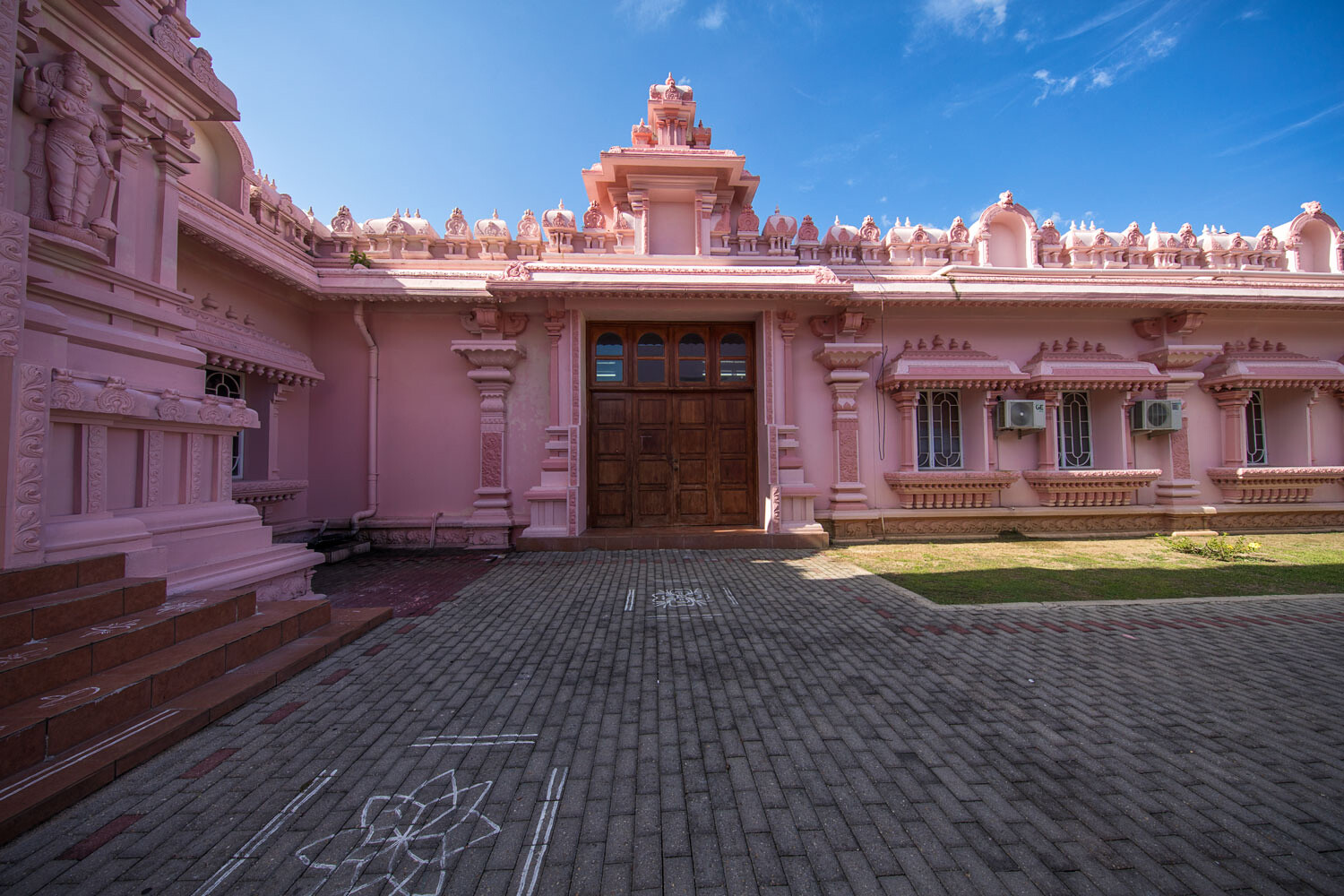The post Canon 11-24mm F/4L Lens Review appeared first on Digital Photography School. It was authored by Nisha Ramroop.
Following the release news of the Canon EF 11-24mm F/4L USM Lens, came countless sleepless nights of research and reading reviews. At the end of that process, all I could safely decipher was that it was the new dream lens of the landscape photographer in me.

The build
The moment you pick up this lens, the weight surprises you. It’s quite hefty and you notice every ounce of the approximate (just over) two-and-a-half pounds. The entire build of the lens screams quality too. Like other Canon lenses, the manual focus and zoom rings move smoothly and feel natural. Not a lens you want to be cumbersome with, so this was an important feature for me when working with such weight. You can make easy focal adjustments, as the zoom moves through the entire focal range with a small turn. When behind the lens, the AF/MF is also easily accessible.

The bulbous front element blooms with authority and still makes me nervous enough to cover it almost immediately when not in use. I am not reassured by the presence of the fixed hood that is meant to protect the imposing glass. However, I am glad it is there. The signature red ring around the front always sets expectations of promised image quality and Canon has delivered.

Size comparatives from left to right: Canon 85mm F/1.2 L, Canon 11-24mm F4 L, Canon 135mm F2 L
What works
The Canon EF 11-24mm is benchmarked as the widest ultra-wide rectilinear lens compatible with full-frame DSLRs, since the Sigma 12-24mm F/4.5-5.6 lens. Thus barrel distortion is minimal throughout the range, and straight lines in your subject are not compromised (and appear straight). The most distortion you would find occurs at around 11mm and 12mm and compared to any other lens at this focal range, it is minimal. Of note, distortion seems non-existent between 15-24mm.

By comparison, yes the Canon EF 8-15mm f/4L Fisheye is wider, but as is the signature of fisheye lenses, it outputs barrel-distorted images and your straight lines curve. The exception is if your line is directly center of your frame.
The lens is quiet and focuses quickly. Most impressively though, it is super sharp, even at the corners! Added to sharp images; the contrast is nice and balanced. If you have used other ultra-wides, you will admire the difference in the output. The image quality is simply amazing!

The angle of view on a full-frame, coupled with the minimal distortion, makes it great for indoor architectural spaces. The need for a lens like this to be F/2.8 eludes me, as F/4 feels more than adequate.
What could be better
If you are looking at this beauty, the two major drawbacks may reside in price and weight. It is an expensive lens and certainly not in everyone’s price range. However, it’s a great investment if you do professional architectural and landscape photography. In these areas, the minimal distortion works in your favor. There is no other lens that performs like this lens at the wider end.

It is a large, heavy lens that will make you think twice before packing it for travel – you know you want it with you, oh but that weight! Even worse, it is front heavy, so you will want to be extra cautious when out in the field.
The front cap feels inadequate, as it struggles to cover the hood. There are also spaces where it clasps (when aligned) that leave room for dust to get into the front. After all the time they spent on this lens, the front cap feels like an afterthought.

There is also a noticeable amount of vignetting at 11mm and also some color fringing. Both are easy to fix in post-processing, without loss of your image quality. For an ultra-wide lens though, the falloff (or darkened corners) is negligible.
Conclusion
The Canon EF 11-24mm F/4L is a truly magnificent lens for a landscape or architectural photographer. It is well-built, heavy, sharp, quiet and expensive. One thing for certain though, it is the only one of its kind and a signature Canon lens.
Have you used this lens? What are your thoughts? Share with us in the comments.

The post Canon 11-24mm F/4L Lens Review appeared first on Digital Photography School. It was authored by Nisha Ramroop.
from Digital Photography School https://ift.tt/2VeSeEx

No comments:
Post a Comment